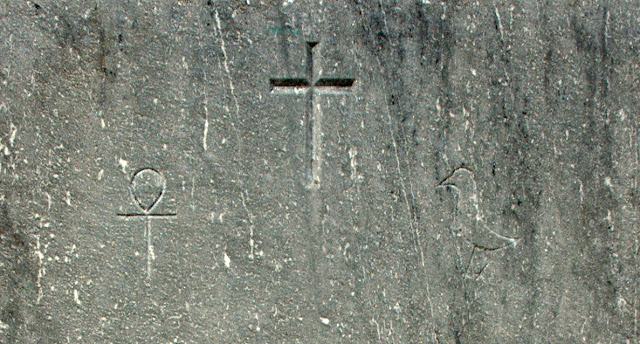What's this, you say?
The authentic ashes of a mummified Egyptian Prince in Vermont? Yes, it's true! This news may not be new, as you can easily find information about it, but it was an interesting story to me.
Travel to West Cemetery in Middlebury and you will find the grave of Amum-Her-Khepesh-Ef, who was mummified in 1830 B.C. - yes, I said B.C., making this grave site the oldest human being, buried in Vermont.
 |
| Henry Sheldon |
Mr. Sheldon learned to read and write at a very young age, and even built his own organ that he played. He developed a love of collecting from his brother, with whom, obtained autographs from famous politicians and authors of that time by soliciting them in writing.
By the age of 20, he moved out of his mother's home and quickly rose in the ranks of society. The brick house in which he lived, is now the same location of the Sheldon Museum, today. He worked in a plethora of jobs, ranging from working in a railroad station to a saloon, from a marble quarry to a music store.
He found his real niche in life, as a collector. The henrysheldonmuseum.org, states, "Henry was in his late 50s when he found his calling as a collector, and, eventually, museum proprietor. His collecting career commenced with the purchase of a Roman coin for one dollar in 1875. By 1880 he had developed an extensive coin collection representing 50 countries over many centuries, which he displayed in cabinets accompanied by biographies of the associated rulers."
In 1866, Sheldon got wind of a mummy for sale in New York, and subsequently purchased it. A mummy, in good condition is an animal or human being that has had it's internal organs removed, and in it's place is treated with resins and various herbs for the purpose of preservation. The body is then slathered with herbal oils, much like corn on the cob. Finally, the body is wrapped in long strands of linen before it is interred where it was intended to remain for eternity.
But, the mummy of the prince that Mr. Sheldon had received was in a significant state of deterioration, with serious signs of neglect and rot. Henry Sheldon was disappointed, but at that time, had no legal recourse, nor could he demand repayment for damages. He simply placed the box in his attic, and there the prince remained until Sheldon's death in 1907.
On a side note, though the mummy itself was in a very poor state, it was not without historical significance. The mummy was the infant son of Senusret III, King of Egypt, and his wife Hathornhotpe.
Wikipedia, citing several other resources gives this fascinating information about Amum-Her-Khepesh-Ef's prominent father:
"Senusret III was a pharaoh of Egypt. He ruled from 1878 BC to 1839 BC during a time of great power and prosperity, and was the fifth king of the Twelfth Dynasty of the Middle Kingdom. He was a great pharaoh of the Twelfth Dynasty and is considered to be, perhaps, the most powerful Egyptian ruler of the dynasty.
Consequently, he is regarded as one of the sources for the legend about Sesostris. His military campaigns gave rise to an era of peace and economic prosperity that reduced the power of regional rulers and led to a revival in craft work, trade, and urban development. Senusret III was among the few Egyptian kings who were deified and honored with a cult during their own lifetime."
After Henry Sheldon died, George W. Mead, who incidentally became a director of the Sheldon Museum, discovered the remains in Sheldon's attic. Upon learning of the royal lineage, he decided to give the young prince a proper burial and had the remains cremated. He then buried the remains in his own family plot.
The tombstone is engraved with an Ankh, a Christian cross and an Egyptian-style bird. The Egyptian symbols represent life and immortality. I assume the cross would be George Mead's own faith incorporated into the stone. The grave reads,
"Ashes of Amum-Her-Khepesh-Ef Aged Two Years Son of Sen Woset 3rd King of Egypt and his wife Hathor-Hotpe 1883 BC".
According to the Sheldon Museum's website, "The Sheldon Museum, the oldest community-based Museum in the country, has welcomed visitors and researchers since 1884."
This museum hosts a proverbial boat-load of wonderful educational kits, and more information can be found by clicking here.

































































